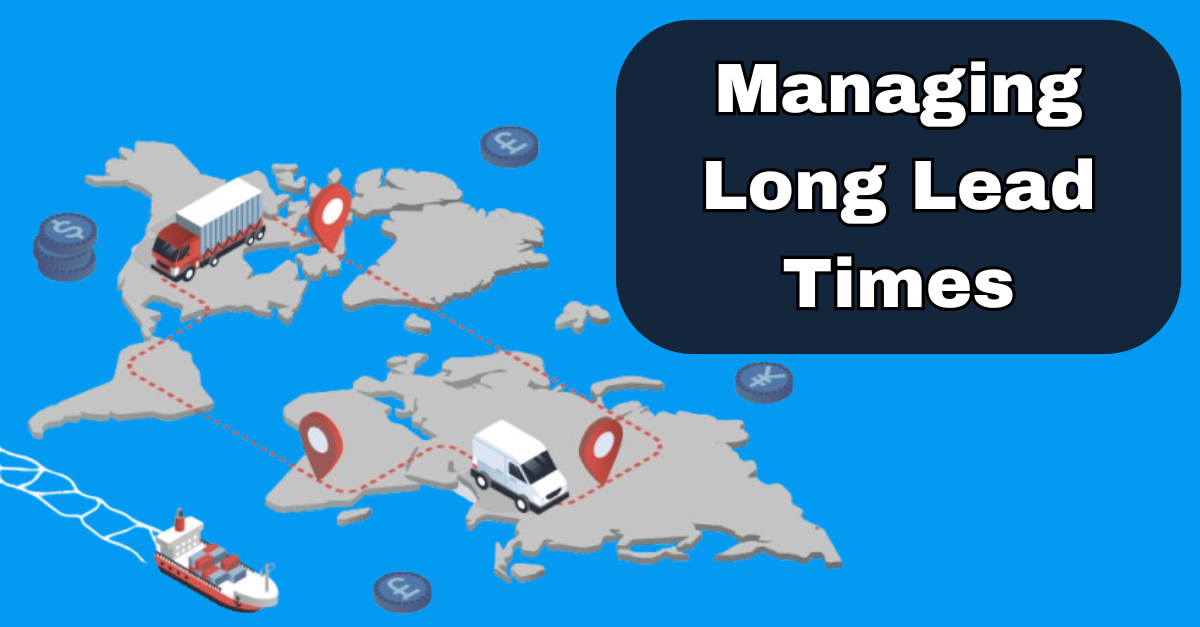Empty Truck Syndrome, also known as deadhead mileage or non-revenue miles, refers to the phenomenon in the supply chain and logistics industry where cargo trucks travel on the road without any load or cargo.
These empty journeys represent wasted resources, increased fuel consumption, and additional carbon emissions. In essence, trucks are driving significant distances with no payload, leading to financial losses for carriers and a negative impact on the environment.
Various estimates suggest that industry-wide empty miles in the freight sector typically range from 15% to 20%. However, for specific types of freight, such as heavy trucks with box trailers, the percentage of empty miles can be substantially higher.
In the EU in 2021, cargo trucks drove approximately 34 billion kilometers (21 billion miles) of "deadhead" distances, which accounted for more than a fifth (21.2%) of the total distance traveled by road freight in the region. (European Commission data)
In the United States, the percentage of miles driven by empty trucks decreased from 20.6% in 2020 to 14.8% in 2021.
According to Freighthub 9 in 20 trucks in New Zealand are running empty. Costs of these empty trucks are incorporated into the price customers charge carriers. By booking spare capacity on empty trucks cheaper freight rates becomes a viable option.
Wasted Resources and Costs for Businesses:
Cargo trucks traveling without any load or cargo led to increased fuel consumption and operational costs for carriers. The problem extends beyond carriers; businesses throughout the supply chain bear the burden of increased transportation costs due to carriers factoring in their expectations for empty miles when determining load charges. This vicious cycle of inefficiency impacts the entire industry's profitability and cost structure. Demonstrating the need for solutions to optimize truck capacity utilization.
Environmental and Sustainability Impact:
Beyond its financial implications, Empty Truck Syndrome poses a significant environmental challenge. Trucks driving with no cargo contribute to unnecessary carbon emissions, exacerbating climate change and air quality issues. Furthermore, with the freight industry's continued growth, unchecked empty miles will continue to grow if not addressed and lead to even greater environmental challenges in the future.
While Empty Truck Syndrome poses complex challenges, the freight industry has not been idle in seeking solutions. There are existing platforms that leverage sophisticated algorithms and real-time data to match carriers with available shipments, reducing empty miles and optimizing truck capacity utilization.
It is important to acknowledge that technology alone cannot solve the problem completely. Fostering industry-wide collaboration, promoting sustainable practices, and encouraging data sharing among competitors will help solve this problem also. By combining technological innovation with collective efforts and a commitment to sustainability, the freight industry can move closer to minimizing Empty Truck Syndrome.










